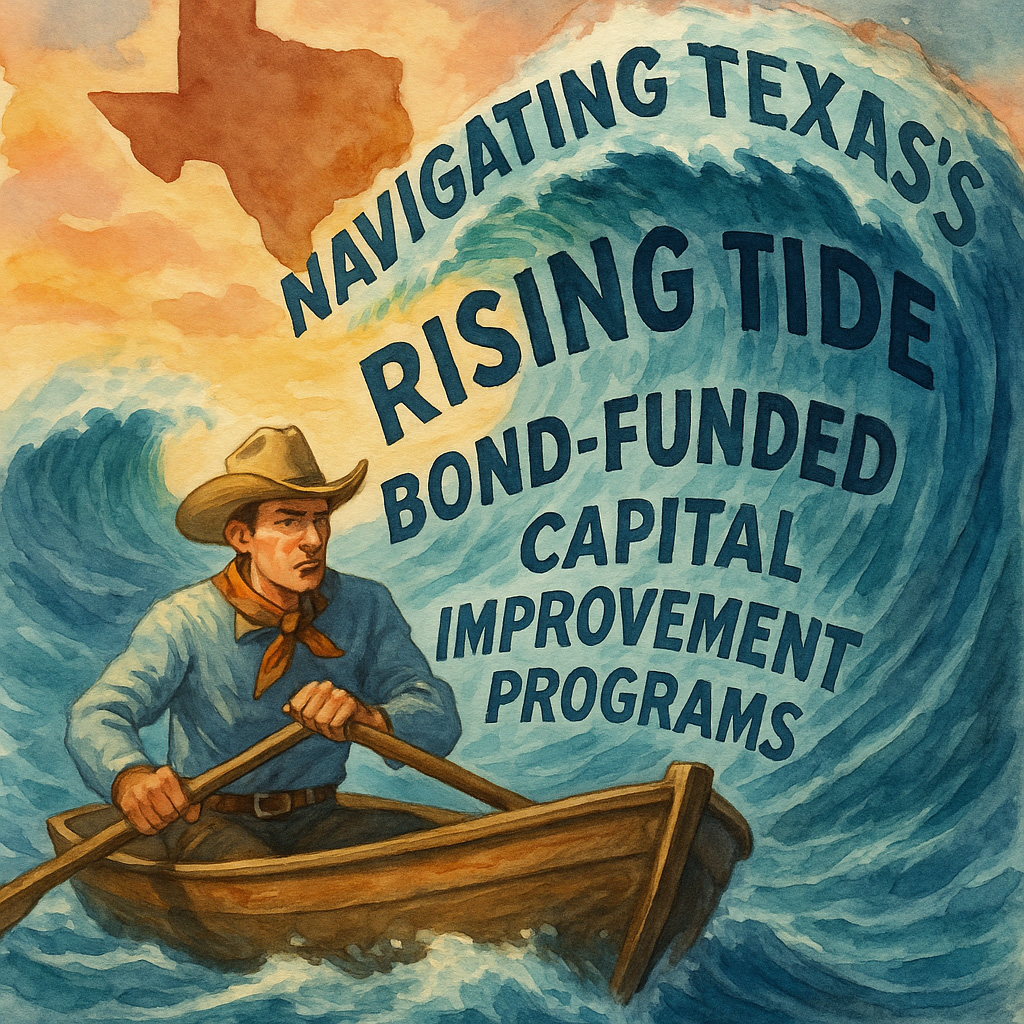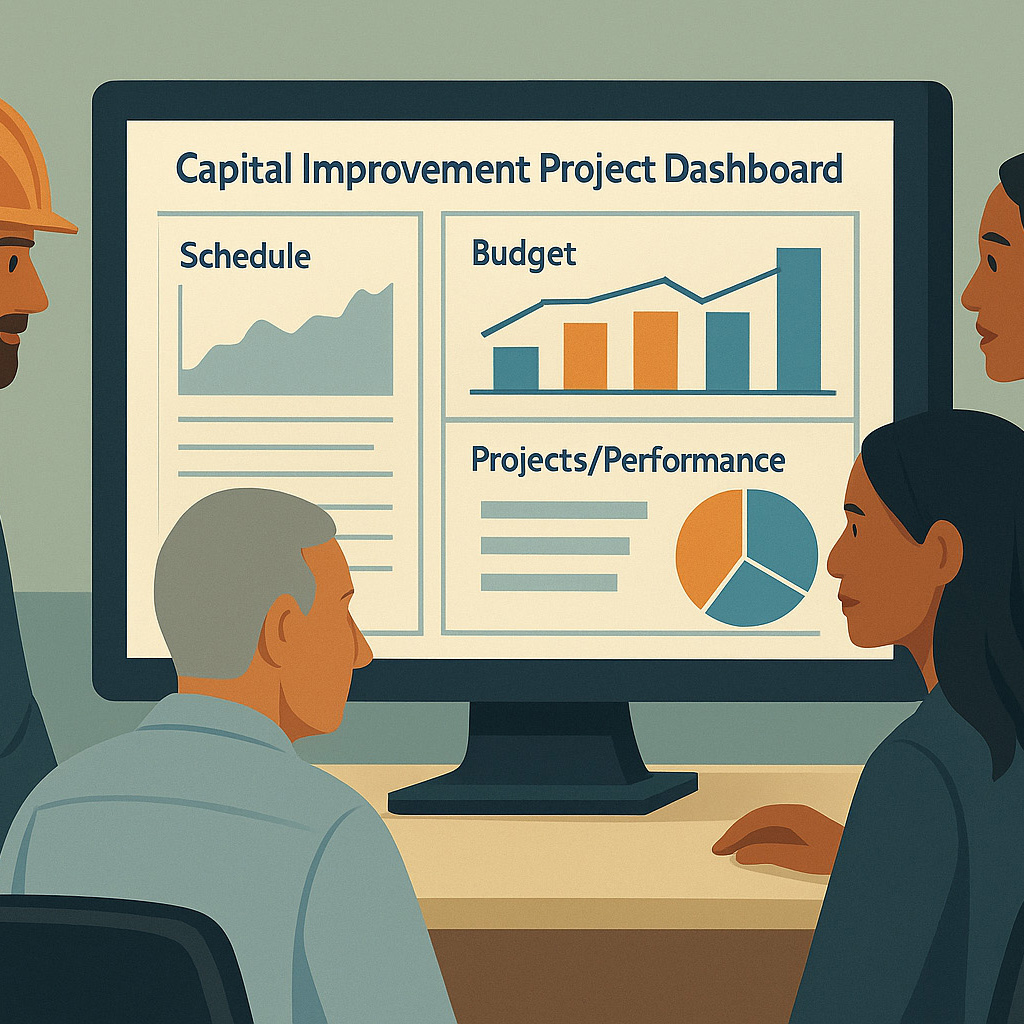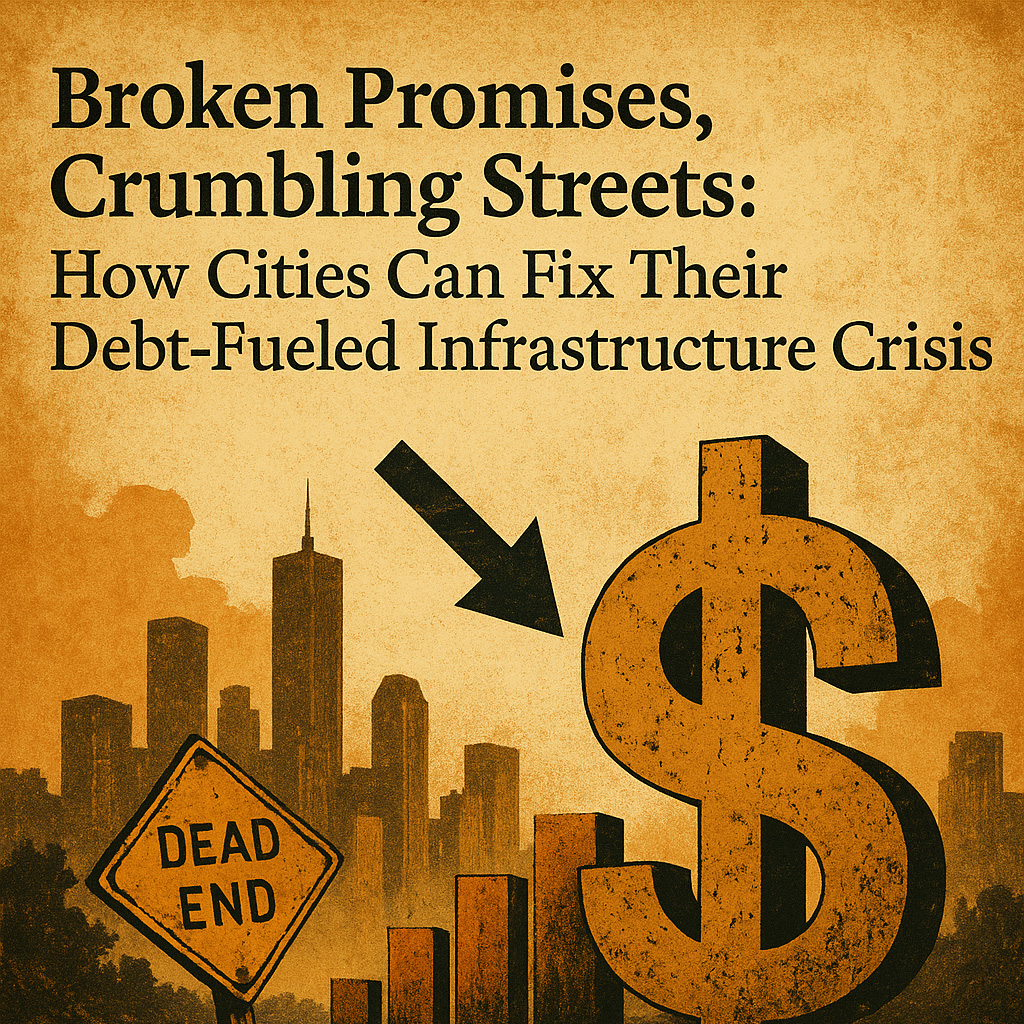A Whimsical Tour of Municipal Bond Land
Ever dreamt of a magical place where roads get paved, schools get built, and stadiums rise from the dust—without using a city’s rainy-day piggy bank? Welcome, dear reader, to Municipal Bond Land, where local governments wave their financial wands to conjure roads, schools, and water pipes galore. Strap on your seatbelt (and maybe a construction helmet) and prepare for a whirlwind ride through the most popular municipal bond vehicles!
1. General Obligation (GO) Bonds
Think of GO bonds as the friendly neighborhood bus that the entire community hops on. Everyone pitches in through property taxes, and that collective “we’re in this together!” vibe ensures the bonds are safely backed. Your city hall loves them because they can finance the big stuff—like that new library you’ve been eyeing—without scrounging for seat cushions to fund it.
Did you know? If you’ve ever voted in a bond election (and then proudly slapped on your “I Voted” sticker), you’ve actively helped decide whether your city can cruise forward on a shiny new GO bus.
2. Certificates of Obligation (CO)
Certificates of Obligation are like the VIP rideshare option—still city-backed, but used when time’s running short or when a big project needs to move pronto. Instead of waiting around for voter approval, local officials can jump in these COs and speed off to fix that rickety bridge or expand the city hall. Residents might grumble that they didn’t get a formal invite to vote, but hey—sometimes infrastructure can’t wait!
One-liner: COs are the municipal equivalent of “drive-through construction financing.”
3. Tax Anticipation Notes (TANs)
Ever borrowed a friend a few bucks for pizza, fully expecting you’ll get paid back on payday? That’s TANs in a nutshell. Governments issue these short-term IOUs on the promise that, when tax revenue rolls in, they’ll have the dough to repay. Tax day might strike fear into hearts everywhere, but for TANs, it’s a sweet moment of “Aha! We have the money!”
Insider tip: TANs help fund day-to-day government stuff—like keeping the streetlights on—until everyone settles their tax bills.
4. Tax Increment Reinvestment Zone (TIRZ) Bonds
Consider these the “extreme makeover” bonds that help transform neglected neighborhoods. Cities draw a magical circle around a distressed area and say, “Any extra property tax revenue generated here will fix roads, build parks, and jazz up Main Street.” As the area’s property values climb, the incremental tax revenues repay the bonds.
Fun fact: A TIRZ bond can feel like sprinkling fairy dust on run-down parts of town. Blink, and suddenly you’ve got trendy coffee shops, art walks, and craft breweries popping up like daisies.
5. Municipal Utility District (MUD) & Public Improvement District (PID)
Ever lived in a planned community with its own water, sewer, or security? That’s your friendly MUD at work—issuing bonds so the community can hook up those essential services. Meanwhile, PIDs pay for extra goodies: fancy sidewalks, elaborate landscaping, or even decorative streetlights (hello, Instagrammable downtown!).
Party Trick: MUDs and PIDs can quickly turn a barren development into a small city with all the trimmings, minus the traditional city council politics.
6. Revenue Bonds
Revenue bonds run on the “if you build it, they will pay (to use it)” principle. Toll roads, airports, and utility systems often rely on these. Think of them as the bus lines that only let you on if you have the exact fare—or an EZ-Pass. If people stop paying for the service (like a deserted toll road), the bond might blow a tire. But if usage booms, it’s smooth sailing on the financial highway.
Best example: An airport charges landing fees and uses those fees to repay the bond that built that fancy new terminal. Your boarding pass may be funding a local runway facelift!
7. Bond Anticipation Notes (BANs) & Revenue Anticipation Notes (RANs)
- BANs: For the city that’s big on dreams but short on time. BANs are the quick pit stop: the city gets a short-term loan with plans to roll it into a future, longer-term bond.
- RANs: Similar, but guaranteed by future revenue. If the city’s expecting a chunk of money—maybe state aid or traffic fines—RANs cover them until that money waltzes in.
Analogy: BANs and RANs are like bridging loans you take before selling your old house. You know the cash is coming; you just need a cushion right now.
8. Moral Obligation Bonds
“Moral obligation” might sound like guilt-tripping your neighbors to mow their lawn. But in the finance world, it means if the revenue stream falters, there’s a non-binding vow that the government will ask the legislature to make up the shortfall. It’s not legally required, but morally they’re committed. No pinky swears required, though it might help calm investor nerves.
Caution: If you invite “moral obligation” to the party, be sure you really trust their sense of duty.
9. Pension Obligation Bonds (POBs)
These are like a city’s midlife crisis solution to pension woes. Governments borrow money at what they hope is a lower interest rate than their pension’s assumed rate of return, then invest it. If the pension fund does well, the city saves a bundle. If the market nosedives…let’s just say city officials might need a few extra TUMS.
Pro Tip: It’s a gamble. If you have the stomach for market swings, POBs might be your rodeo.
10. Lease Revenue Bonds (LRBs)
Think of LRBs as “rent-to-own” for government buildings, stadiums, or even fancy equipment. A governmental agency sets up a separate authority (like a real estate buddy), which issues bonds. The agency then leases the project back to the government, and the lease payments pay off the bonds. It’s government inception—an entity renting from itself.
Trivia: LRBs are handy when governments can’t legally carry more direct debt, but still need new digs.
Wrapping Up Our Scenic Tour
And there you have it—a dizzying array of municipal bond vehicles cruising around your city. From short-term TANs (like borrowing pizza money) to TIRZ bonds (like a city-wide makeover), each bond type comes with its own perks and quirks. Some are big, robust buses; others are sleek rideshares. Some thrive on everyone’s taxes, while others rely on that monthly water bill.
So, next time you spot a newly paved road or a futuristic-looking civic center, give a nod to Municipal Bond Land. Beneath the concrete and steel lies a complicated but (hopefully) well-oiled financial machine—one that’s always searching for creative ways to bring communities into the future, one bond at a time!
At Front Line Advisory Group, we are pioneers in Capital Improvement Bond Management, leveraging unparalleled expertise and deep industry insights. Our mission extends beyond consultation – we empower our clients to realize the full potential of their investments, ensuring tax dollars are put to maximum use through astute Program Management Consulting. For more information or to commence your journey towards transformative bond management, reach out to us at info@frontlineadvisorygroup.com













